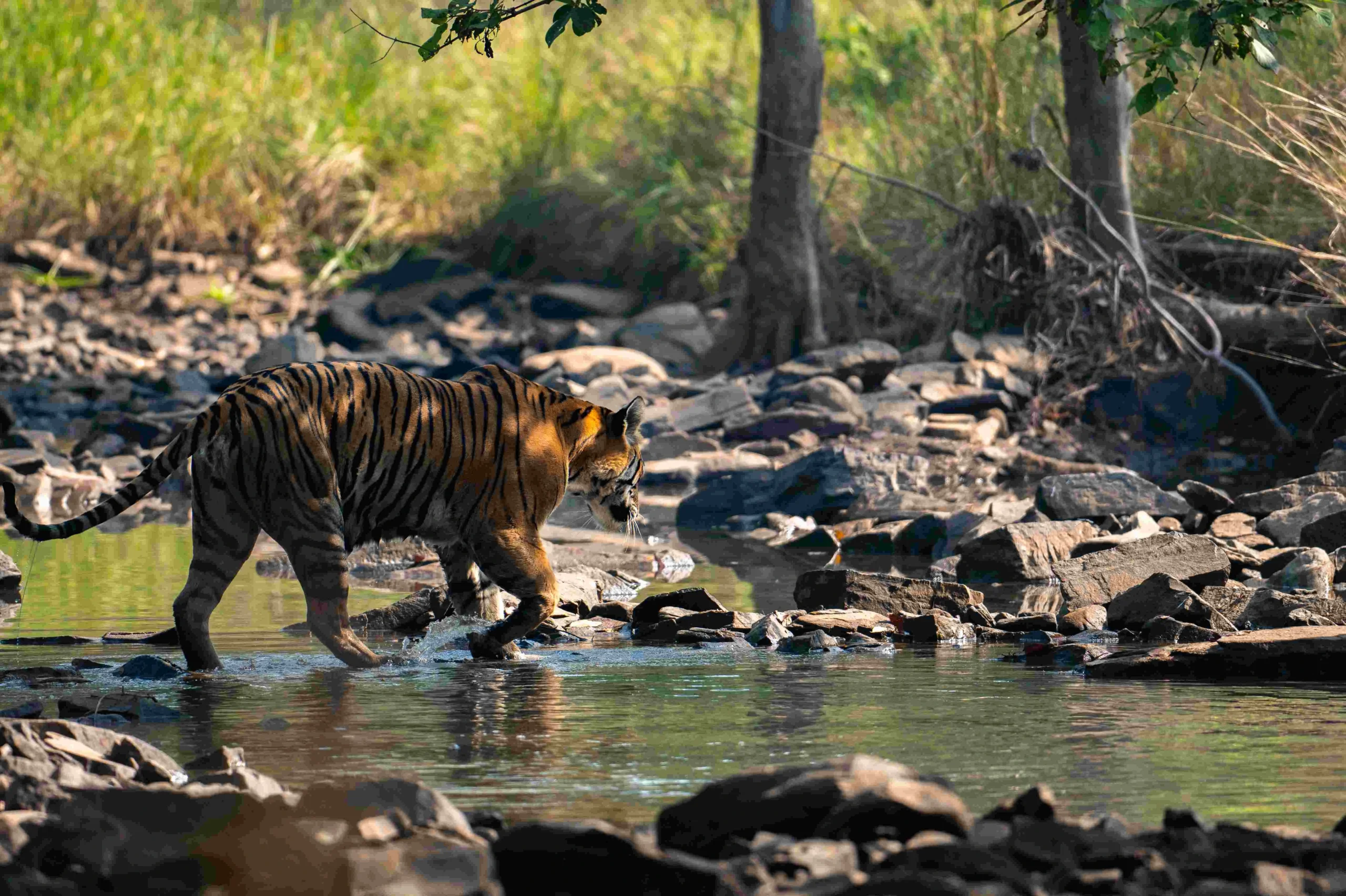Why in the news?
The Cold Desert Biosphere Reserve (CDBR) in Himachal Pradesh has been included in World Network of Biosphere Reserves (WNBR) by the UNESCO, a global recognition that places the 7,770-sq km area spread across the state’s Lahaul-Spiti district on the international conservation map. With this addition, India now has 13 biospheres listed in WNBR.
Key takeaways:
- During the 37th session of UNESCO’s International Coordinating Council of theMan and the Biosphere (MAB) held in Paris, 26 new biosphere reserves across 21 countries the highest number in 20 years– have been added to the list of WNBR.
- The CDBR is spread across the Trans-Himalayan region. It encompasses the entire Spiti Wildlife Division and adjoining areas of the Lahaul Forest Division, including Baralacha Pass, Bharatpur, and Sarchu with altitudes ranging from 3,300 to 6,600 m.
- It integrates Pin Valley National Park, Kibber Wildlife Sanctuary, Chandratal Wetland, and the Sarchu plains, encompassing windswept plateaus, glacial valleys, alpine lakes, and high-altitude desert, making it one of the coldest and driest ecosystems in WNBR.
- The Cold Desert is zoned intothree parts — core (2,665 sq km), buffer (3,977 sq km), and transition (1,128 sq km) — balancing conservation, sustainable use, and community participation. It is rich in herbs, shrubs, tree species, endemic species, wildlife and medicinal plants. Snow leopard as the flagship species reside here.
What is a Biosphere reserve?
- According to the Ministry of Environment and Forests, the Biosphere Reserves are meant to represent characteristic ecosystems in different biogeographic regions and consider human communities as their integral component. These are ‘learning places for sustainable development’.
- The objectives of the designation of a Biosphere Reserve include:
- ensuring in-situ conservation(at all levels of biodiversity ranging from genes to ecosystems) in totality as part of the wider ecosystem;
- widening the understanding(through research and monitoring) of components of ecosystems;
- achieving integrated development(improved quality of life for indigenous communities living in and around) of the area.”
- A biosphere reserve comprises three zones: core(protected area that conserves ecosystems and species), buffer (managed for research and education), and transition (area where sustainable human activities are promoted in harmony with conservation goals).
- The idea of designation of Biosphere Reserves was initiated by UNESCO in 1973-74under its Man and the Biosphere (MAB) Programme. Launched in 1971 as an intergovernmental scientific initiative, MAB proposes an interdisciplinary research agenda and capacity building, aiming to improve the relationship of people with their environment globally.
Still of Tiger from Nilgiri – A shared wilderness, a 75-minute-long documentary by Sandesh Kadur. Nilgiri is India’s first biosphere reserve.
- Biosphere reserves are nominated by national governments and remain under the sovereign jurisdiction of the states where they are located. After the launch of UNESCO’s MAB programme, the Indian Man and Biosphere (MAB) Committee identified potential sites for designation as Biosphere Reserves in 1979. As a result, the Indian National Biosphere Reserve Programme was initiated in 1986. Following the MAB guidelines, the Indian government has recognised18 biosphere reserves so far.
- The WNBR is a dynamic and interactive community of sites of excellence, managed by the Man and the Biosphere (MAB) Programme of UNESCO. For designating a site under WNBR, the government needs to propose it to UNESCO, which recognises it after it fulfills certain criteria. In India, 13 biosphere reserves are recognised in the WNBR.
- For the management of these biosphere reserves, the Indian government provides financial assistance through its Centrally Sponsored Biosphere Reserve scheme.The focus of the scheme is on the welfare of local inhabitants through the provision of supplementary and alternate livelihood support to the people in the buffer and transition zones in order to reduce biotic pressure on biodiversity of the natural reserves of the core zone.
Biosphere Reserves of India
There are 18 biosphere reserves in India. Nilgiri was the first biosphere reserve of India, established in 1986.
|
Biosphere Reserve |
Designated |
Inclusion Year in WNBR |
State |
|
Nilgiri |
1986 |
2000 |
Tamil Nadu, Kerala and Karnataka |
|
Nanda Devi |
1988 |
2004 |
Uttarakhand |
|
Nokrek |
1988 |
2009 |
Meghalaya |
|
Gulf of Mannar |
1989 |
2001 |
Tamil Nadu |
|
Sunderbans |
1989 |
2001 |
West Bengal |
|
Manas |
1989 |
Assam |
|
|
Great Nicobar |
1989 |
2013 |
Andaman and Nicobar Islands |
|
Simlipal |
1994 |
2009 |
Odisha |
|
Dibru-Saikhowa |
1997 |
Assam |
|
|
Dehang-Dibang |
1998 |
Arunachal Pradesh |
|
|
Panchmarhi |
1999 |
2009 |
Madhya Pradesh |
|
Khangchendzonga |
2000 |
2018 |
Sikkim |
|
Agasthyamalai |
2001 |
2016 |
Kerala, Tamil Nadu |
|
Achanakmar- Amarkantak |
2005 |
2012 |
Madhya Pradesh, Chhattisgarh |
|
Great Rann of Kutch |
2008 |
Gujarat |
|
|
Cold Desert |
2009 |
2025 |
Himachal Pradesh |
|
Seshaschalam |
2010 |
Andhra Pradesh |
|
|
Panna |
2011 |
2020 |
Madhya Pradesh |


